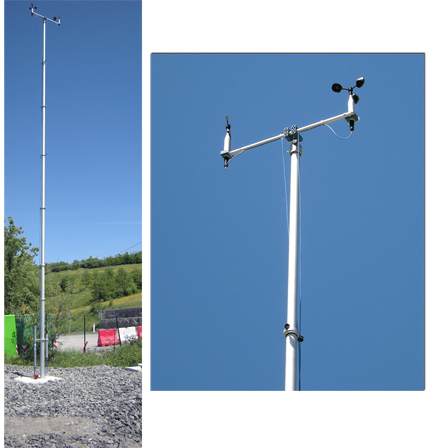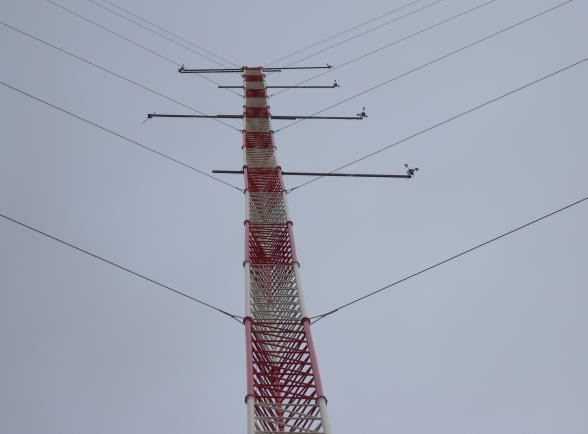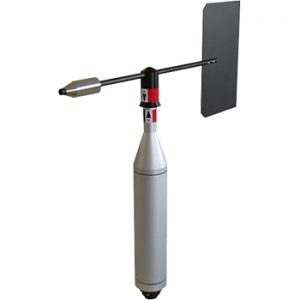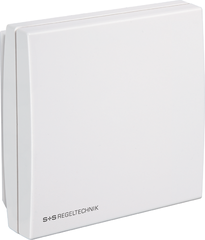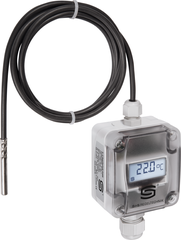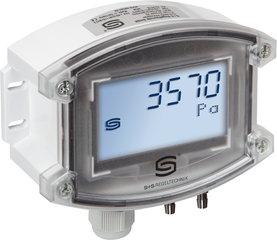Wind Speed Sensor, “First Class”, low power consumption, also available in a heated version (model EM-VV1R), compact and sturdy, made of aluminum alloy with anodized to protect against salt air and oxidizing agents.
Request a quote
Description
EasyMeasures Wind Speed Sensor, “First Class”, low power consumption, also available in a heated version , compact and sturdy, made of aluminum alloy with anodized to protect against salt air and oxidizing agents.
Extremely linear and precise, with high dynamic response even in strong gusts, easy to interface with any data logger. The sensor uses specific arrangements including special selflubricating bearings, which allow the MeasNet certification and make it ideal for Eolic monitoring applications (Wind power), guaranteeing maximum performance. The sensor is equipped with electrical protections and is available with various signal outputs.
Available both Measnet or ilac-MRA (ACCREDIA), accredited certification.
The sensor is a typically reel of Robinson cups anemometer. The air speed, hitting the cups, gives a rotation, proportional to its speed. The shape of the cups and the rotor has been designed for maximum linearity of the measure in function of wind speed, minimizing the friction and providing exceptional performances. Also available with heater (code VV1R) for areas subject to snow or ice with the same performance. Calibration of the sensor To detect the dynamic characteristics of the sensor, are uses a wind tunnel. The sensor is inserted into the tunnel where the air speed is adjusted from 0 to 50m/s. The measure obtained by the sensor is compared with a sensor calibrated and MeasNet certified. For wind energy applications, all sensors are sent to an European calibration center for the release of its certificate MeasNet Maintenance Make sure there are no obstacles to the rotation around the rotor. Periodically (once a year), control manually the rotation by checking that there are no delays or jams for the bearings.
- Measurement of wind speed with very high precision (<0.1 m/s)
- Calibrations in accredited wind tunnels by MeasNet or by ilac-MRA (ACCREDIA)
- Classification according to IEC 61400-12-1 and “First Class” , Class A 1.96, Class B 3.05 Class S 2:42
- According to standard WMO
- High performance ball bearing (MIL-L-6085 C)
- Very low power consumption (<0.1W; <5W@12VDC with heater)
- Typical measuring range: 0.28 to 50m/s (0 …150 Hz) up to 100m/s
- Linearity: R> 0.99998 with a standard error of <0.02 m/s
- Output signal: pulses (150Hz), 4-20mA, 0÷2Vdc or digital RS485/Modbus
- Operating conditions: -10 ÷ +70° C, heated version -35 ÷ +70°C, 0 to 100m/s (burst)
- Power supply: 10 ÷ 30Vdc (<5W @ 12VDC with heater)
- Heated version model EM-VV1R


